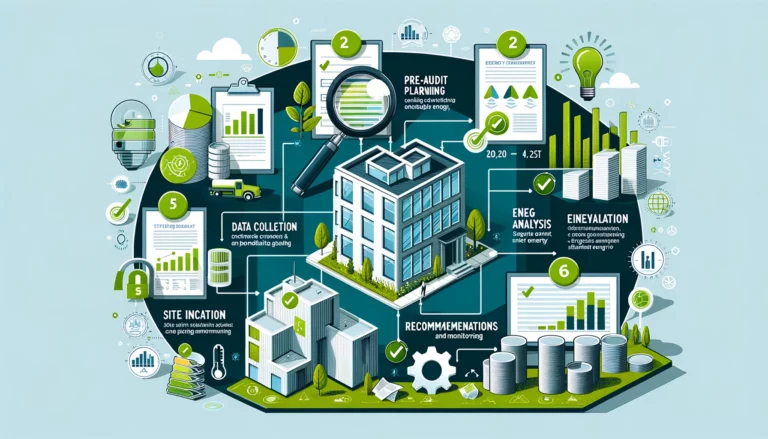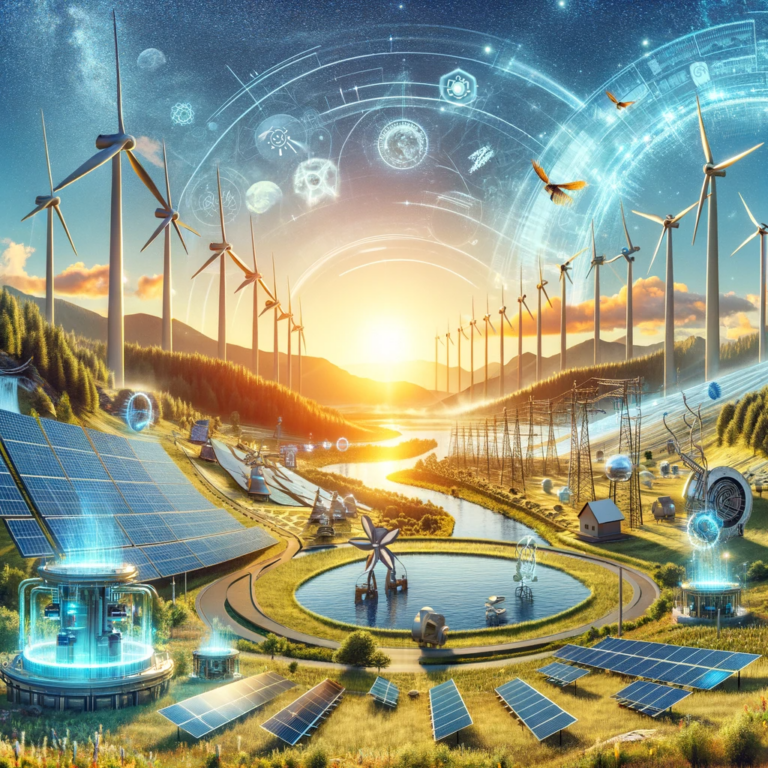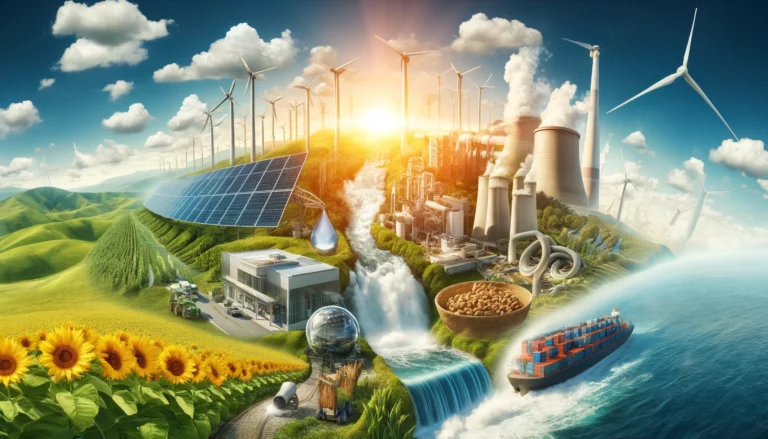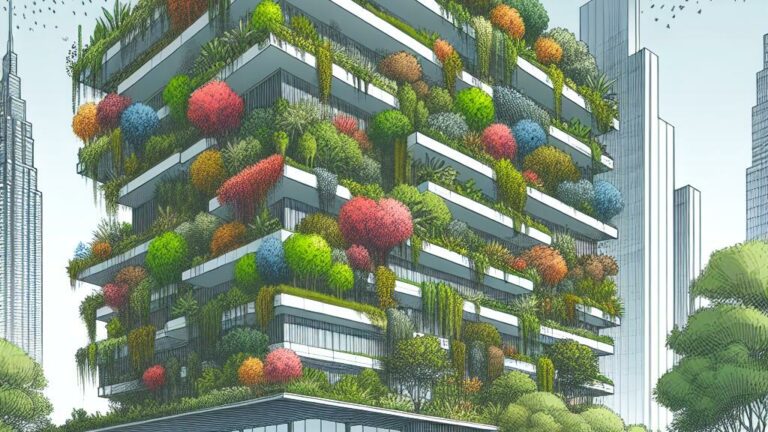Sustainable Energy: Innovative Solutions for a Greener Future
The global energy landscape is undergoing a significant transformation as sustainability becomes a paramount concern for both policymakers and the public. This shift is driven by the urgent need to address climate change, reduce environmental impacts, and secure energy independence. As we explore innovative solutions in sustainable energy, it’s crucial to understand the various technologies and strategies that are paving the way for a cleaner, more sustainable future.
What is Sustainable Energy?
Sustainable energy refers to sources of energy that can meet present demands without compromising the ability of future generations to meet their needs. This includes technologies that harness renewable resources such as solar, wind, hydro, and biomass. These sources are not only abundant but also produce little or no greenhouse gases or other pollutants, making them central to efforts to combat climate change.
The Role of Innovation in Sustainable Energy
Innovation in sustainable energy is about more than just replacing fossil fuels with renewable sources. It involves rethinking how we generate, distribute, and use energy to maximize efficiency and minimize environmental impacts. This section explores some of the most promising innovative solutions that are currently reshaping the energy sector.
1. Advanced Solar Power Technologies
Solar power is at the forefront of renewable energy technologies. Recent advancements have significantly increased the efficiency and reduced the cost of solar panels. For instance, bifacial solar panels, which capture sunlight from both sides, can generate up to 30% more energy than traditional panels. Moreover, innovations in solar film technology allow for solar cells to be integrated into windows, vehicles, and even clothing, expanding the potential applications of solar power.
2. Wind Energy Enhancements
Wind energy is another cornerstone of sustainable energy strategies. The latest developments in turbine technology have led to larger, more efficient turbines capable of generating more power even at lower wind speeds. Additionally, floating wind turbines can be deployed in deep waters where winds are stronger and more consistent, significantly increasing energy generation potential.
3. Energy Storage Solutions
As renewable energy sources like solar and wind are intermittent, effective storage solutions are crucial. Innovations such as liquid air energy storage (LAES) and advanced battery technologies like solid-state batteries offer higher energy density and longer lifespans than traditional lithium-ion batteries. These technologies are vital for stabilizing the grid and ensuring a steady supply of renewable energy, regardless of weather conditions.
4. Smart Grids and Energy Management Systems
Smart grids use digital technology to monitor and manage the transport of electricity from all generation sources to meet varying electricity demands. Integrated with advanced energy management systems, these grids can optimize energy use and improve system reliability. For instance, smart thermostats and appliances can adjust their operation based on real-time energy supply data, enhancing energy efficiency.
5. Hydrogen as a Clean Energy Carrier
Hydrogen fuel, mainly when produced via electrolysis using renewable energy, holds promise as a zero-emission energy carrier. It can be used in fuel cells for vehicles or to generate electricity, providing a versatile and clean alternative to fossil fuels. Innovations in hydrogen production, storage, and distribution are key to unlocking its potential as a cornerstone of sustainable energy systems.
6. Enhanced Geothermal Systems
Geothermal energy, derived from the Earth’s internal heat, is a powerful and constant energy source. Enhanced geothermal systems (EGS), which involve creating underground reservoirs to extract heat more effectively, could expand the feasibility of geothermal energy to regions beyond conventional hot spots.
7. Carbon Capture and Utilization
While not a source of energy, carbon capture and utilization (CCU) technologies complement sustainable energy solutions by reducing the impact of residual emissions. Innovations in this field are making it economically viable to capture carbon dioxide and convert it into valuable products, such as synthetic fuels and building materials, further reducing the carbon footprint of energy systems.
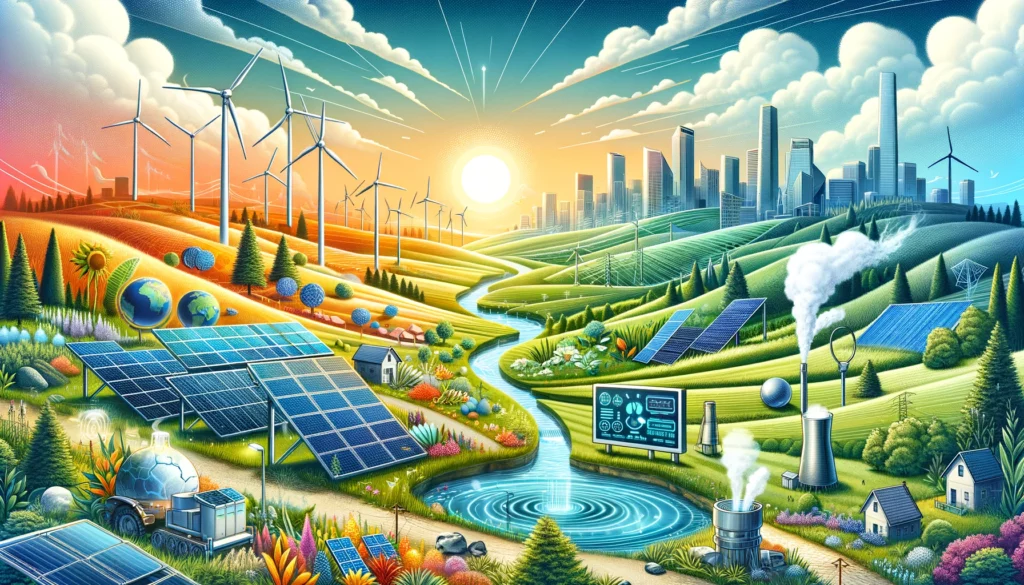
Conclusion
The journey towards a sustainable energy future is paved with challenges, but the innovations outlined above offer promising solutions. These technologies not only help in mitigating the environmental impact of our energy consumption but also enhance energy security and economic stability. As we continue to advance and refine these technologies, it’s crucial to support policies and initiatives that promote their adoption and integration into our energy systems.
By understanding and embracing these innovative solutions, we can take significant strides toward achieving a sustainable, efficient, and clean energy future. The task ahead is formidable, but with continued innovation and collective effort, a greener future is within our reach.


